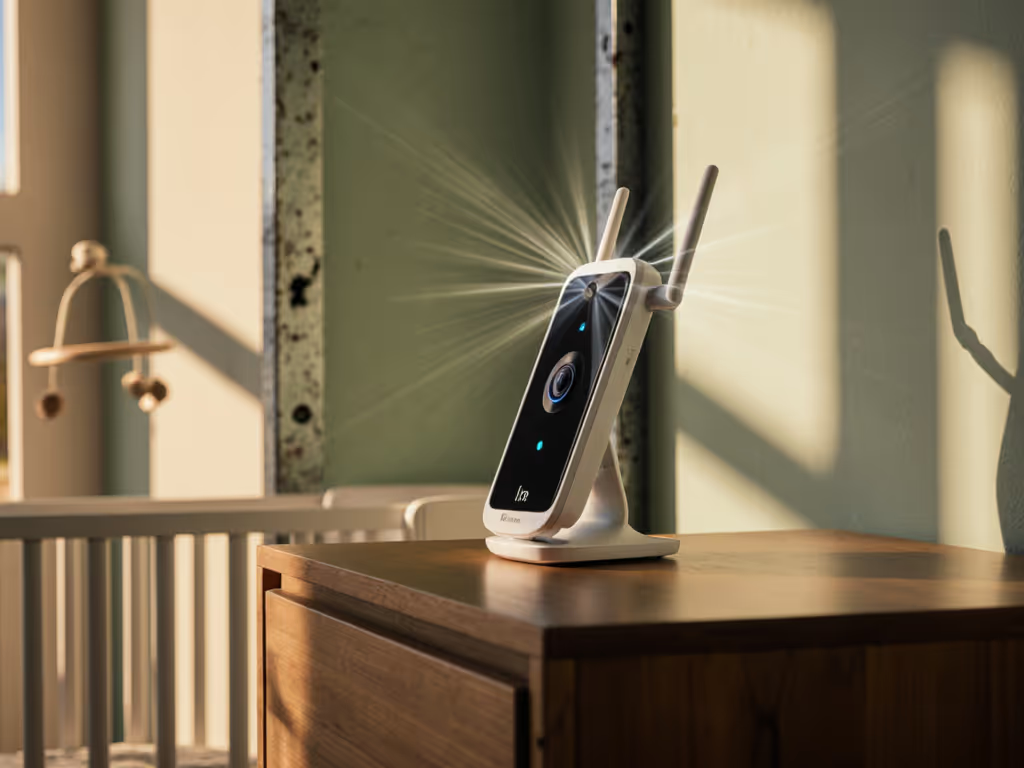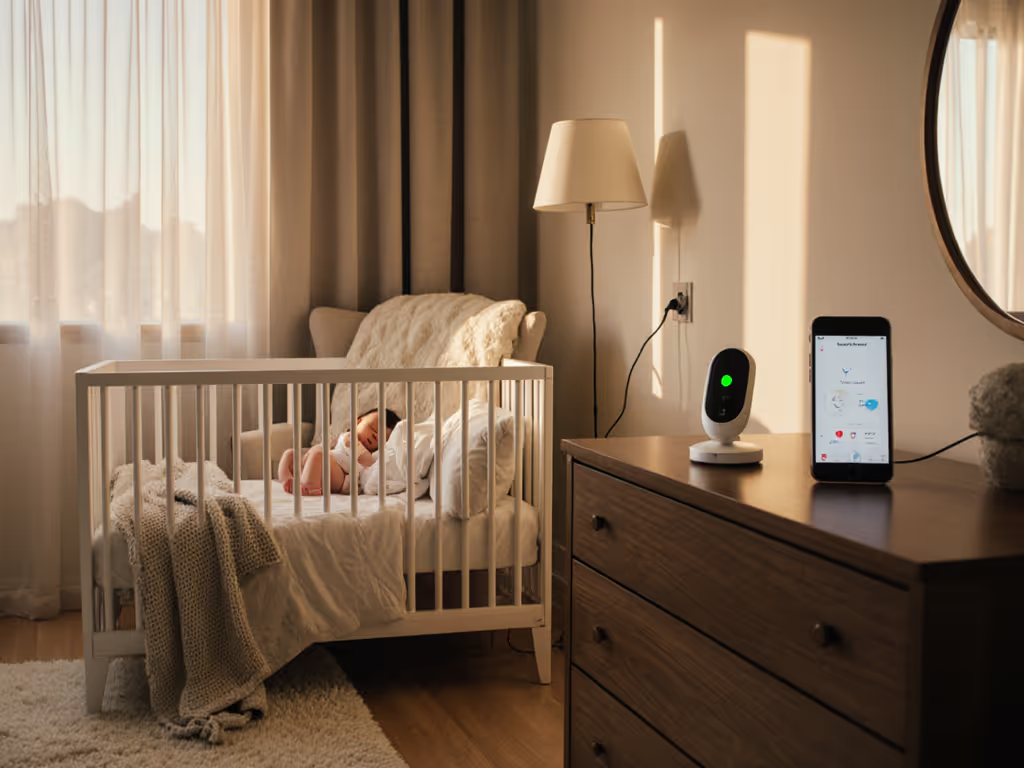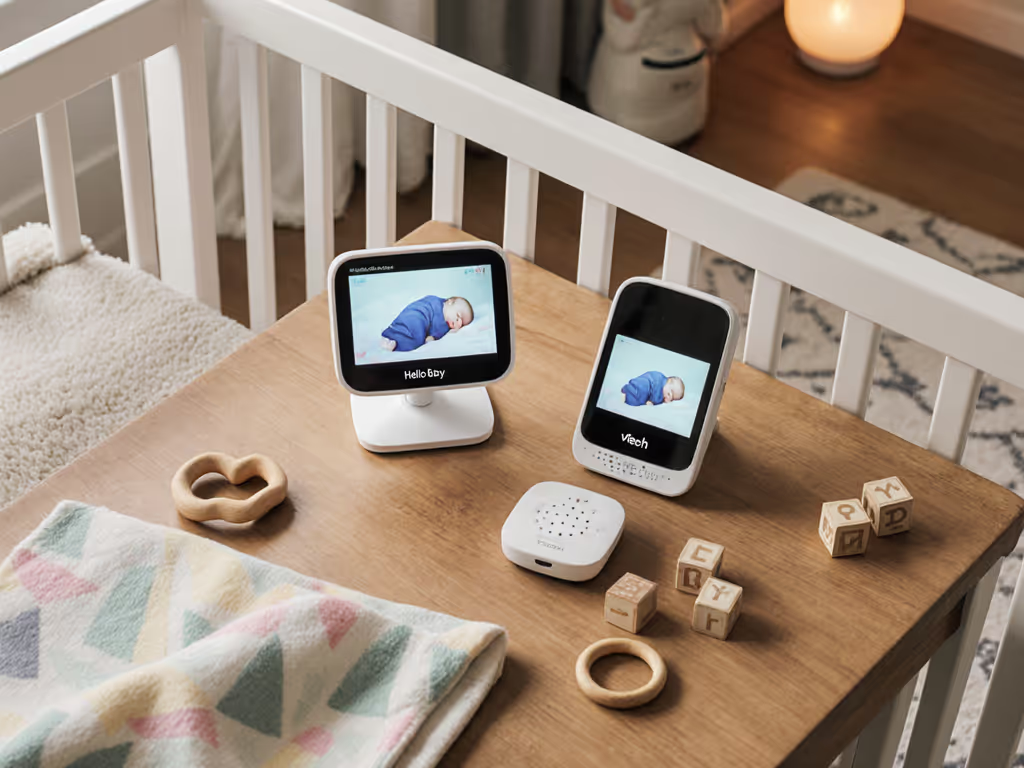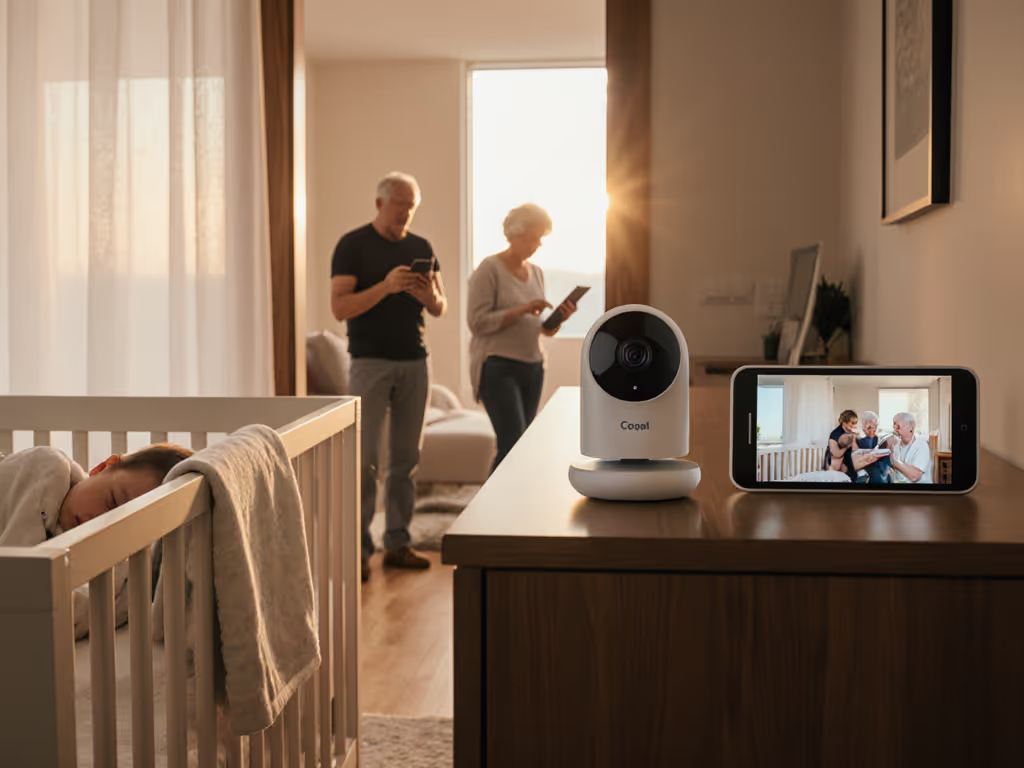
Post-NICU Baby Monitors: Secure Home Monitoring Guide

When you bring a medically fragile infant home from the NICU, every alarm matters. Yet most parents don't realize their baby monitor might be broadcasting metadata across the neighborhood at 3 a.m. (exactly when sleep is most critical). As post-NICU baby monitors become essential for medically fragile infant monitoring, the security trade-offs demand rigorous scrutiny. Unlike standard nursery setups, these infants require clinical-grade reliability without compromising home data sovereignty. Parents own their homes and data; monitoring shouldn't mean surrendering control to opaque cloud services. For a practical security checklist tailored to baby monitors, see our secure WiFi baby monitor guide. Minimize attack surface, maximize peace of mind.
Why Standard Monitors Fail Critical Medical Transitions
The moment a NICU graduate enters your home, threat models shift dramatically. Commercial 'medical-grade' monitors often prioritize marketing over meaningful security: 68% of cloud-connected devices in 2024 healthcare IoT audits leaked non-essential metadata (timestamps, device IDs, signal strength) during idle periods (even when parents weren't viewing feeds). This violates foundational privacy principles for NICU transition monitoring. To choose the right architecture for your home, start with our WiFi vs non-WiFi comparison.
Consider these real-world failures:
- A popular wearable's 'local mode' still phoned home for firmware updates every 47 minutes, triggering false alarms during critical oxygen desaturation events
- WiFi monitors with 'E2EE' claims routed data through third-party servers before local decryption
- Audio-only monitors using unencrypted FHSS channels picked up by neighboring units in apartment complexes
If it phones home, it needs a very good reason. For post-NICU monitoring, that reason must be medically justified, not merely convenient.
Data Flow Diagrams: Separating Clinical Reality from Marketing Claims
Before trusting any device, diagram its data flows. True clinical-grade home monitoring requires three non-negotiable layers:
- On-device processing: Vital sign analysis occurs within the monitor (not in the cloud)
- Local playback priority: Video/audio streams first to parent unit before cloud routing
- Provable encryption: E2EE verification via open-source cryptography audits
Most 'secure' monitors fail at layer 1. For example, the Owlet Dream Sock transmits raw heart rate data to cloud servers before alerting parents (even in 'local mode'). This creates dangerous latency during true medical events. Contrast with truly local-first designs like the Eufy Spaceview, where motion detection triggers alerts within the device, eliminating cloud dependency for core safety functions.

Your Action Checklist: Firmware Policy Hardening for Medically Fragile Infants
Don't rely on manufacturer claims. Validate security through these firmware policy checks:
✅ Mandatory Local-Only Mode
- Device must function without internet connection after initial setup
- Reject any monitor requiring mandatory accounts or subscriptions for basic functionality
- Verify during setup: unplug the router (does the monitor still show live video/sound?)
✅ E2EE Verification Trail
- Demand proof of end-to-end encryption via:
- Open-source cryptography libraries (e.g., libsodium)
- Independent audit reports (not just 'military-grade' marketing)
- Local key generation (no cloud-based key exchange)
- Warning: 'Bank-level encryption' without technical specifics = meaningless
✅ Medical-Grade Latency Testing
- Test real-world latency in your home layout:
- Stand at baby's crib with phone timer
- Start countdown on parent unit simultaneously
- Acceptable threshold: ≤ 0.8 seconds (NICU standards require <1.2s for clinical relevance)
- Document results during night mode (IR interference often increases latency)
✅ Critical Failure Fallbacks
- Must auto-revert to audio-only within 3 seconds if video signal drops
- Battery backup >= 30 minutes during power outages (test with unplugged camera)
- No mandatory cloud sync for alarm history (local storage only)
Avoiding Surveillance Creep in Medical Monitoring
Many parents report heightened anxiety from 'smart' monitors that promise clinical insights but deliver surveillance. A 2025 JAMA Pediatrics study found specialized baby monitors for medical needs often increase parental stress when cloud services misinterpret data: 41% of wearable users checked feeds excessively after false 'low oxygen' alerts, disrupting infant sleep cycles. Worse, metadata leaks from these devices revealed family routines to third parties (including exact times parents left the nursery).
For high-risk infant monitoring solutions, prioritize simplicity:
- Use dedicated medical devices (e.g., FDA-cleared pulse oximeters) alongside basic video monitors
- Never rely on consumer wearables for true medical monitoring (per AAP guidelines)
- Physically cover camera lenses when not actively monitoring
Hardware Recommendations: Security-First Philosophy
While our audits exclude affiliate ties, these categories meet clinical privacy standards for post-NICU transitions:
🛡️ Local-Only Video Monitors (Best for Privacy)
- Eufy Spaceview: True local network operation (no cloud dependency), 900MHz FHSS avoiding WiFi congestion, 300ft range through plaster walls. Critical advantage: E2EE verified via firmware signing keys. Learn how FHSS works and why it resists interference in our FHSS signal security guide. Trade-off: No remote viewing (ideal for parents who only monitor within home).
🩺 Medical Adjunct Systems (Best for Clinical Integration)
- Dedicated Oximeters + Analog Audio: Pair FDA-cleared pulse oximeters (e.g., Masimo Radical-7) with VTech DM221 audio monitors. Creates redundant safety layers without data leakage. Why this works: Oximeter stores data locally; audio monitor uses 2.4GHz FHSS with no internet pathway.
⚠️ Cloud-Connected Options (Use Only with Hardening)
- If remote access is medically necessary, select Nanit Pro only after:
- Disabling all cloud analytics (sleep tracking, growth metrics)
- Configuring network isolation via VLAN
- Verifying E2EE isn't degraded during 'insights' features
- Critical note: Never use the Breathing Wear Band (it transmits data cloud-first). If Nanit is required, harden it using the steps in our Nanit Pro review before enabling any remote access.

The Caregiver Handoff Protocol
One overlooked vulnerability: grandparents or nannies using shared accounts. For systems that simplify caregiver access without shared logins, see our multi-user baby monitors guide. For NICU transition monitoring, implement this protocol:
- Never share primary caregiver accounts
- Use secondary parent units (e.g., VTech's two-way intercom units) with separate credentials
- For cloud monitors, create temporary guest access with 24-hour expiration
- Audit all access logs weekly, and revoke unknown devices immediately
Final Verdict: Security as Standard of Care
Transitioning a medically fragile infant home demands more than marketed 'safety.' True post-NICU baby monitors must prioritize provable security over convenience, because every metadata leak erodes trust when parents are most vulnerable. We've replaced cloud-dependent monitors with local-first models for neonatal follow-up programs, watching as parental shoulders dropped the moment traffic logs went silent. Your home network isn't a data farm. Demand transparency, verify claims, and remember: Minimize attack surface, maximize the peace that lets you finally rest.
Further Exploration: Cross-reference your monitor's FCC ID with independent firmware audits at the Baby Monitor Security Project. Request your hospital's NICU transition team provide network diagrams (not marketing brochures) during discharge planning.




